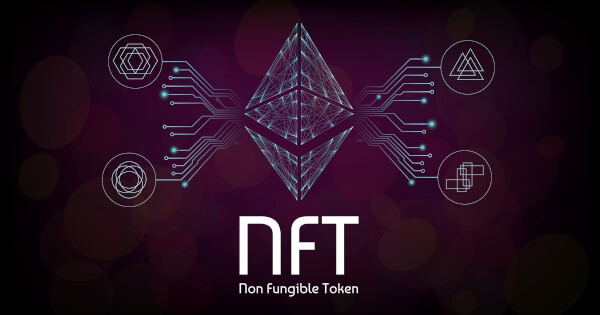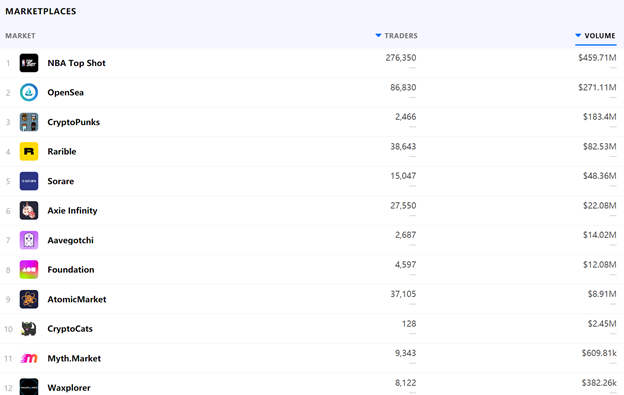What are NFTs?
A non-fungible token (NFT) is a special type of encrypted token that represents unique things such as encrypted art, digital collectibles, and online games.
A non-fungible token (NFT) is a special type of encrypted token that represents unique collectibles. An NFT is used in specific applications that require unique digital items, such as encrypted art, digital collectibles, and online games.

This is in contrast to cryptocurrencies like Bitcoin, and many networks or utility tokens that are fungible. Fungible tokens can be exchanged with each other because they hold the same value similar to a simple exchange between banknotes of the same denomination.
Features
Irreplaceability
NFTs cannot be copied or divided between different holders. Just like a unique piece of art, NFTs are valued because of their cultural significance and social capital value and holding famous works. NFTs are also very popular among artists because a portion of any resale price will be directly returned to the original author.
Tokenization of physical assets
In the blockchain world, NFT means that each token has its own value and distribution characteristics. Another difference with homogenized tokens is that non-financial transactions are indivisible. The most common token standard for NFT is ERC-721.
Through Ethereum’s ERC-721 standard, it is possible to prove that a digital file is a unique "original file" to solve the problem of digital file copying, and to confirm its authenticity and uniqueness. Non-fungible tokens immutably prove digital ownership.
Access to the actual asset
When you purchase an NFT, you not only obtain an immutable ownership record of the asset but also gain access to the actual asset.
According to industry data company NonFungible, as of March 30, there have been 5,498,710 transactions in the NFT market, with a total transaction volume of $557,623,962.02
Non-fungible tokens & DeFi
Non-fungible tokens not only operate on the Ethereum blockchain, but they can also run on other decentralized networks, such as EOS and NEO. These decentralized networks all have the function of smart contracts with a box full of NFT tools, so developers can describe metadata in detail.
NFT has increasingly begun to be integrated into the decentralized finance (DeFi) sector.
For example, the DeFi protocol Yearn Finance has developed an insurance product Y.Insure for virtual currency assets.
Y.Insure uses the NFT mechanism (ERC-721) to represent the unique attributes of insurance policies.
Other DeFi projects with NFT bearings include MEME, Bancor, and Enjin.
Trading places
Non-fungible tokens can be traded on OpenSea, Nifty Gateway, Nifty Gateway, MakersPlace, Rarible, SuperRare, and other platforms.
History
Around 2017, the two earliest NFTs to be created and to gain popularity were CryptoPunks and CryptoKitty. CryptoPunks contains 10,000 cute animations of human bodies and animal characters. CryptoKitty is a set of images of fantasy cats, which were originally given away for free. However, the most valuable CryptoKitty is now worth more than $100,000, and CryptoPunks is worth more than $1 million.
Another major player driving the NFT boom is "NBA Top Shot", a video-based virtual basketball trading card website launched in October last year.
NBA TopShot provides NBA-authorized basketball-themed collections and is the defending champion in the NFT market so far.

Source: NBA TopShot via NonFungible
NBA Top Shot accounted for the largest NFT product with a total transaction volume of $459.71M. So far, over 276,350 transactions has been processed on the network.
Image source: Shutterstock